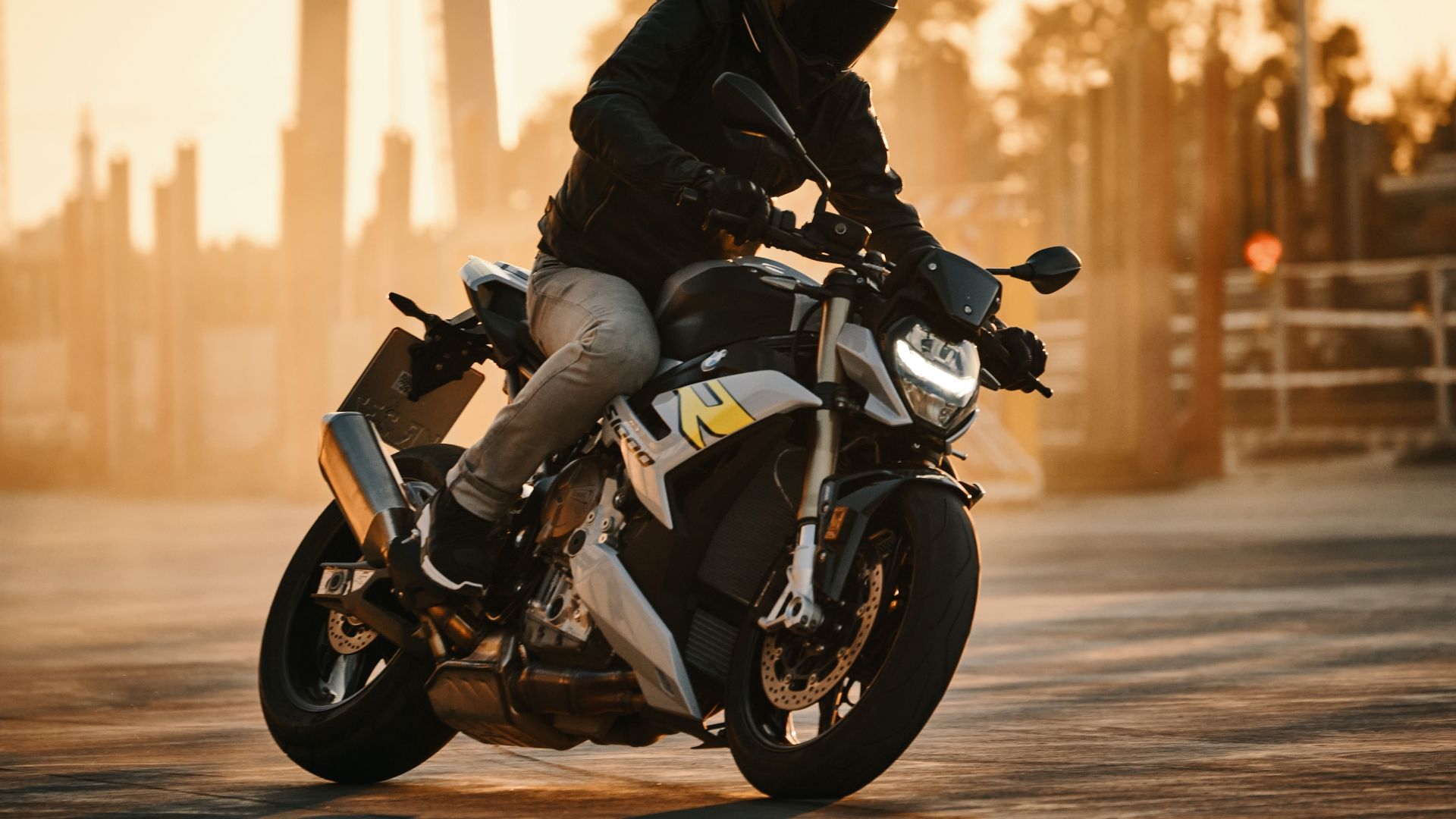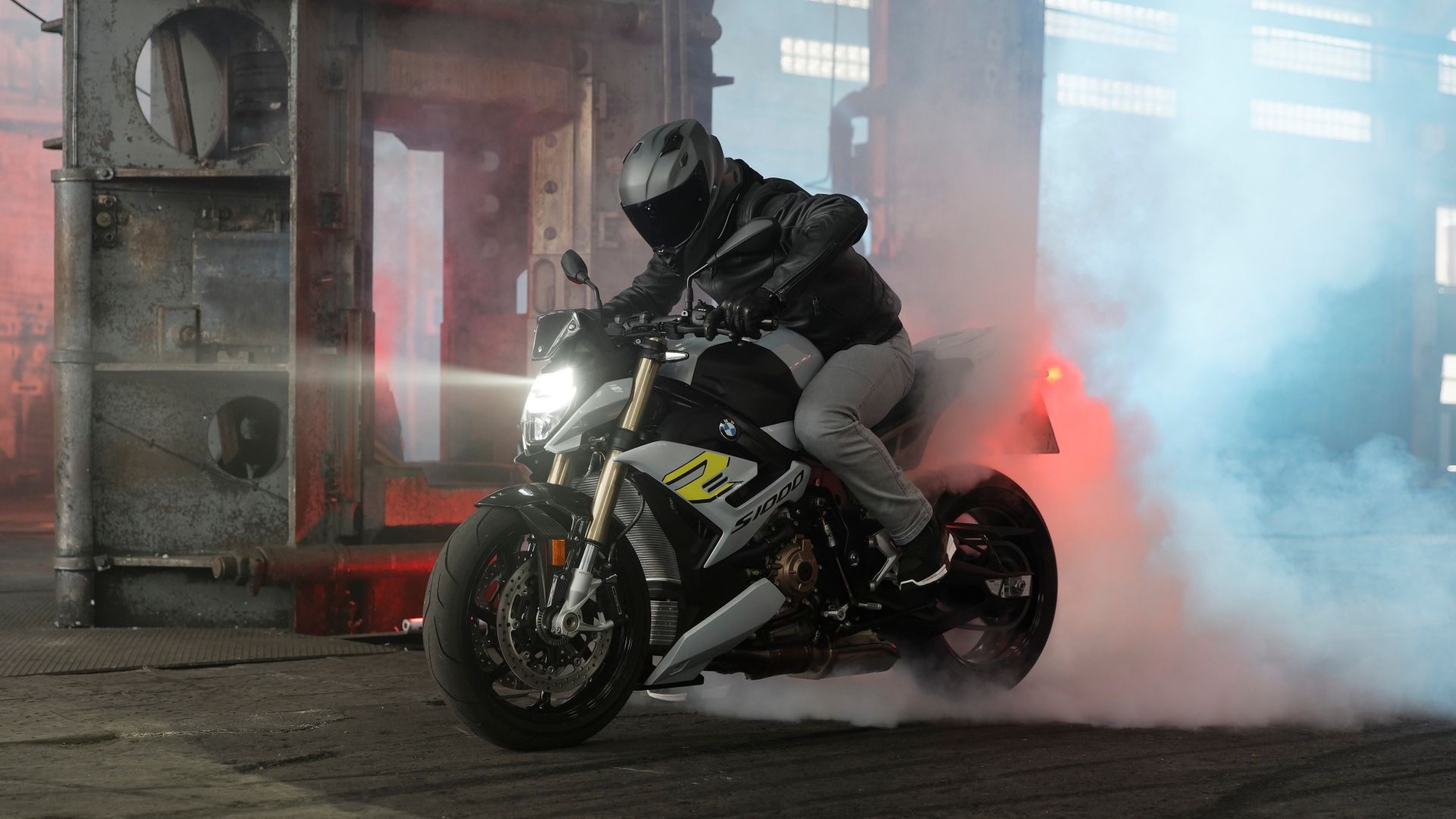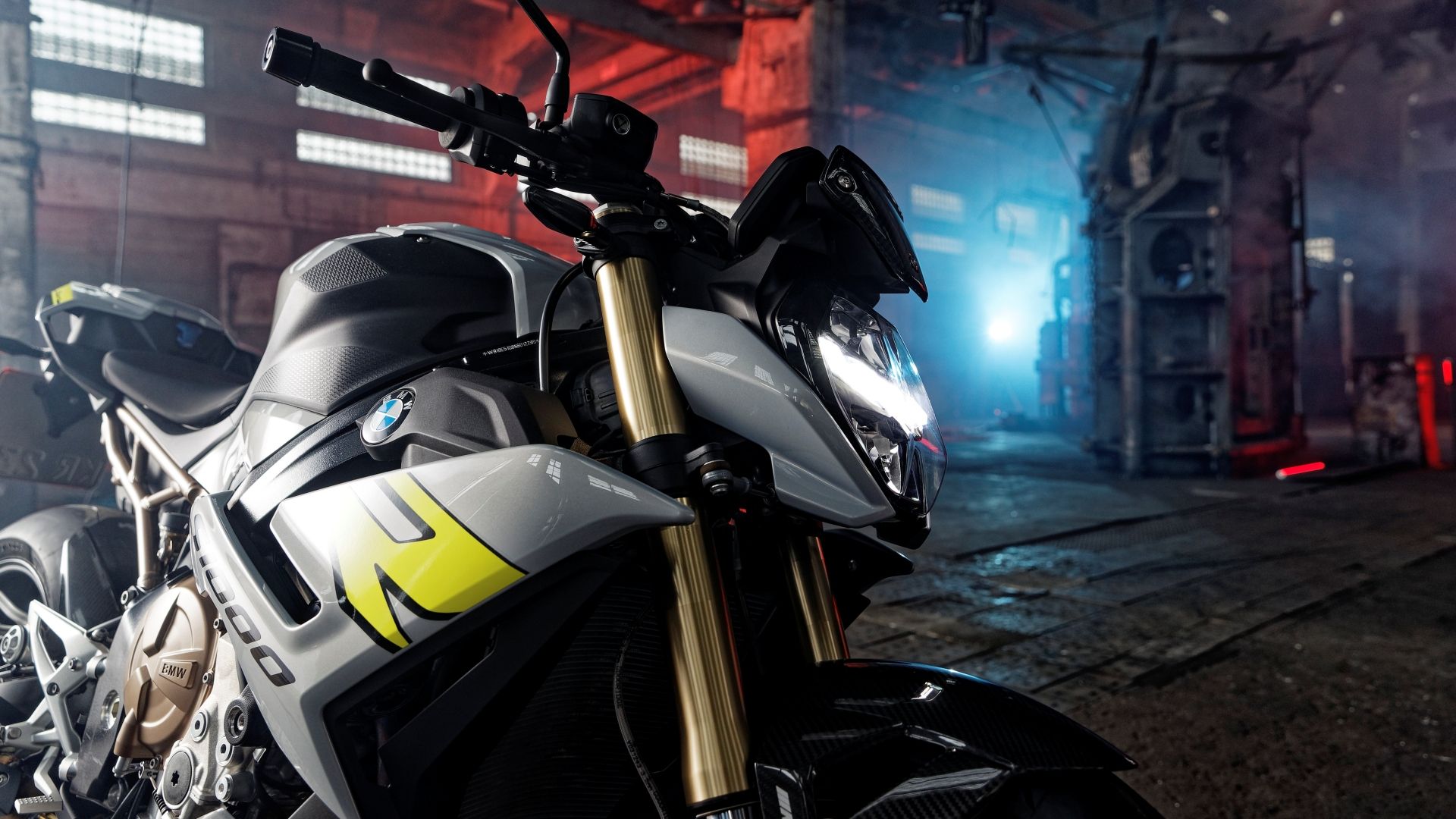Naked motorcycles, or roadsters in BMW's Motorrad lingo, are often the time of bikes that lift their riders spirits by the sheer excitement and purity of the experience they can provide. They make the rider feel alive being completely exposed to the elements, while being able to reach mind-bending, tunnel vision induced speeds in mere seconds. That is, of course, if the motorcycle in question has the perfect naked bike trifecta covered, and that is power, beauty, and versatility. In comes the BMW S 1000 R, a 'roadster' that is much more than a naked version of BMW's superbike, the S 1000 RR.
From Maximilian Renko himself, BMW Motorrad product manager for the S 1000 R, this naked bike is an ultra precise, purpose built engineering marvel made to seek and destroy and keep its rider on top of the game. As far as naked bikes go, there isn't a log of room to work on a design that makes it stand out, but the S 1000 R is easy to spot among the crowd. The roadster has a much more relaxed riding position than BMW's superbike, it's light for a liter bike and its engine has been tuned for more low and mid-end power, where naked bikes shine the most, as opposed to full on high rpm performance.
All technical specifications, price and features were provided by BMW Motorrad. 0-60 MPH and top speed were sourced from a YouTube test run video on the German Autobahn, linked below.
The Unquestionable Performance Of The 2024 BMW S1000R
Built for extreme acceleration, few would argue that the S 1000 R isn't one of the best naked bikes in the world. And the facts speak for themselves. BMW claims 0-124 MPH (0-200 km/h) takes a mere 8 seconds. A lot of four-wheeled vehicles don't even get to 60 MPH in such a short time. And the S 1000 R provides all the feedback the rider needs to help keep it going fast. The exhilarating performance of the BMW S 1000 R on any road or track doesn't come by chance.
BMW S 1000 R Specifications
Engine | 999cc, liquid-cooled, four-cylinder |
Horsepower | 165 hp @ 11,000 rpm |
Torque | 84 lb-ft @ 9,250 rpm |
Drivetrain | Chain |
Transmission | 6-Speed |
Acceleration is quick and the video above confirmed BMW's 8,0 second claim from 0-124 MPH. BMW doesn't mention 0-60, but with launch control and anti-wheelie, the best one can hope for is just around 3 seconds. Any quicker than that and the front wheel will be pointing at the sky before the rider realizes it. Top speed is "over 124 MPH" according to BMW, and by the video we can see it goes as high as 160 MPH (258 km/h). This machine is fast enough to keep up with the likes of a 1,020 horsepower Tesla Model S Plaid in the quarter mile, and for a fraction of the price. The BMW S 1000 R MSRP starts at $14,295.
The Heart Of The Beast
The powerband is wide, and the rider will feel an aggressive and continuous surge of power as the bike accelerates through the RPM and gears. Between 4,000 and 9,000 RPM the S 1000 R actually has more average torque available than the S 1000 RR superbike. As most roadsters/street fighters, the S 1000 R was tuned for everyday use on the streets. The torque curve is also very linear, allowing for optimal throttle control and power modulation. This bike wants to be tamed, and BMW has done an excellent job at that. The gear ratios were also changed for street use. The fourth, fifth and sixth gear are two, four, and eight percent longer respectively, allowing for lower revs while cruising on the highway.
Aggressive Design
All the design cues of the S 1000 R gravitate towards the front wheels. BMW aimed to make the bike as compact as possible, and it shows. The bike is lean and light, has a short overall length, and just the right amount of space to sit the rider comfortably. The lightness and agility of the bike is made evident by its visual appearance. The front headlight comes standard as a full LED unit that is narrower and shorter than the first generation S 1000 R. The colored TFT display is also standard and not only looks good, being compact and well integrated into the design of the bike, but it's also well sorted out with all the necessary info available to the rider. The brake oil reservoir is in its usual spot, but housed inside an aesthetically pleasing blacked out compartment.
The tail section is now exclusive to the S 1000 R, while the old generation shared it with the S 1000 RR. This section is slim and shows more of the rear frame of the bike, and it also has two integrated air ducts on each side. The tail section's top is always painted in body color, while the rear frame comes in black on the standard model. Opting for the M package includes a copper color matched engine cover and rear frame.
The Emphasis On Weight Reduction
Any good sport bike will be engineered to be as light as possible, no matter how big and powerful its engine is. Weight reduction is key to a sporty performance, and the BMW S 1000 R is no exception to this rule, as the bike tips the scales at 438 pounds wet. To accomplish that, BMW took a closer look at every part of the bike and did its best to shave off a few grams here and there whenever possible. The new frame for instance is nine percent lighter than the first generation S 1000 R and uses the engine as an integrated stress member, which, by the way, is about 11 pounds lighter than the previous gen, and weighs just under 128 pounds.
But BMW didn't stop there, even the cast aluminum wheels are lighter, and the customer can opt for M package wheels which have even less weight. The unsprung mass is reduced on the rear swing arm, and the whole exhaust system is ten percent lighter as well, even without the titanium optional exhaust tip.
Steering And Accessibility
Another street friendly feature of the BMW S 1000 R is its 33 degrees of turning range on the handlebars, making tight slow speed turns and maneuvers easier on the rider. BMW recognizes the handlebar is one of the single most important pieces to assemble the puzzle of a pure roadster experience. The clutch is light and both it and the brake lever are now fully adjustable.
The standard seat height, which has more foam for added comfort, is 32.7 inches. This is higher than the previous gen, but since the frame is lower, the rider gets an even easier reach to the floor and different height seats are also available for taller or shorter riders. The front and rear suspensions are fully adjustable and have 4.7" and 4.6" of travel respectively. Wheels are 120/70 17" up front and 190/55 17" at the back. Braking power is provided by 12.6 inches twin-discs at the front, and an 8.7 inches single disc at the back. All of BMW's rider modes and aids come standard.





